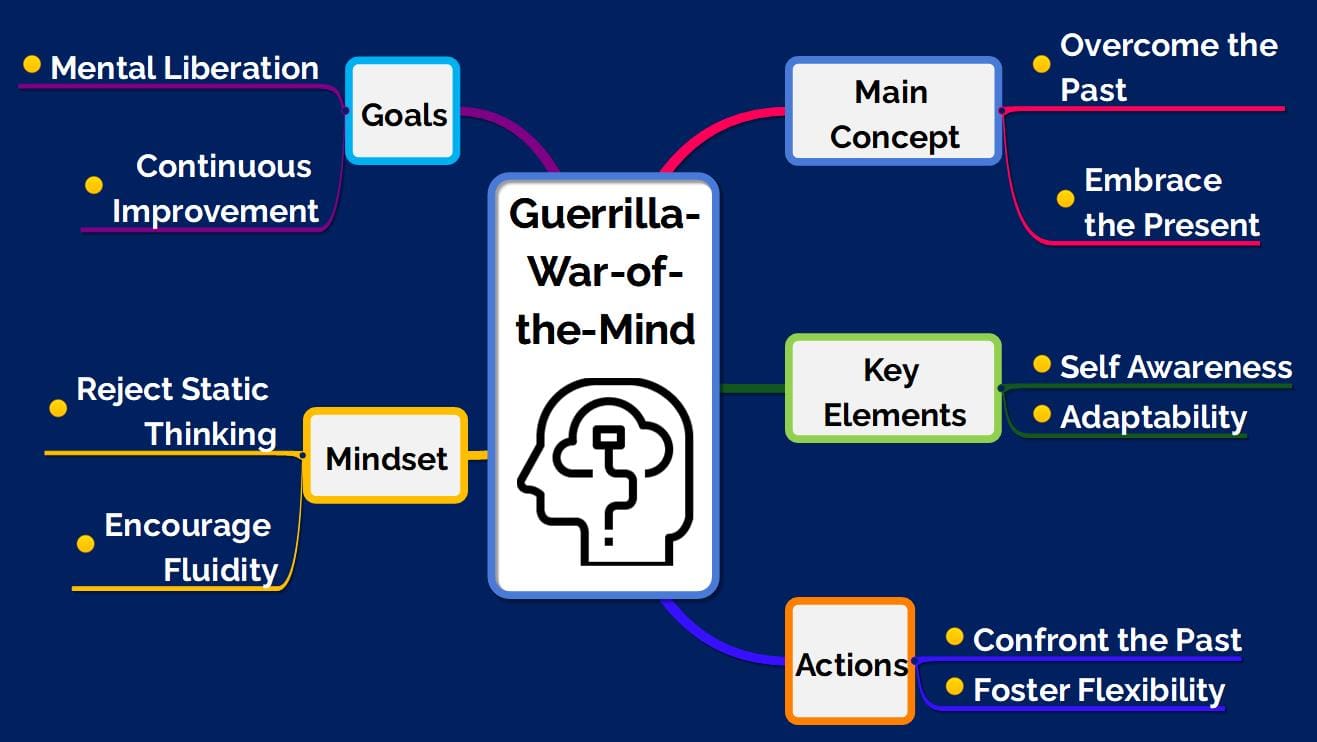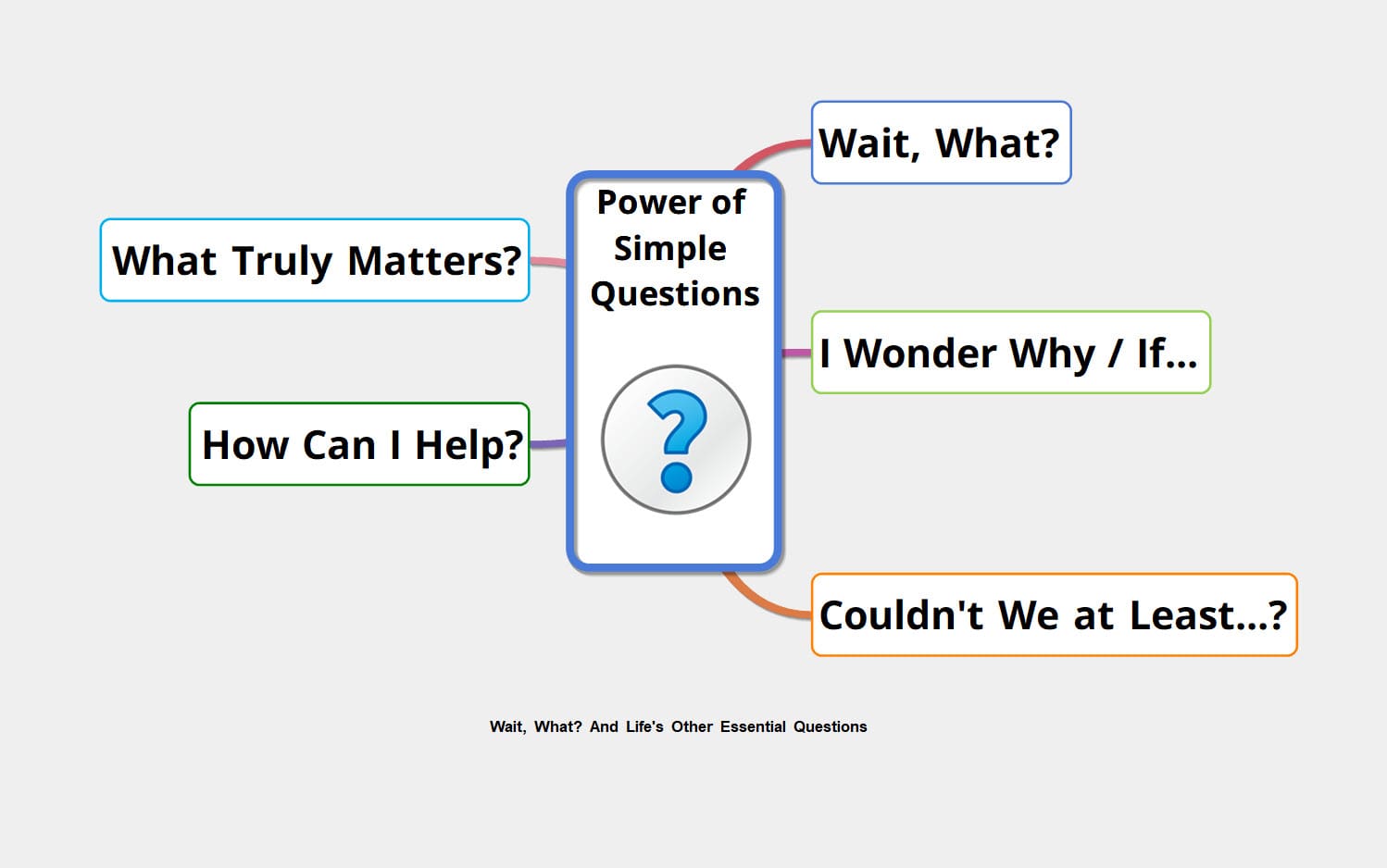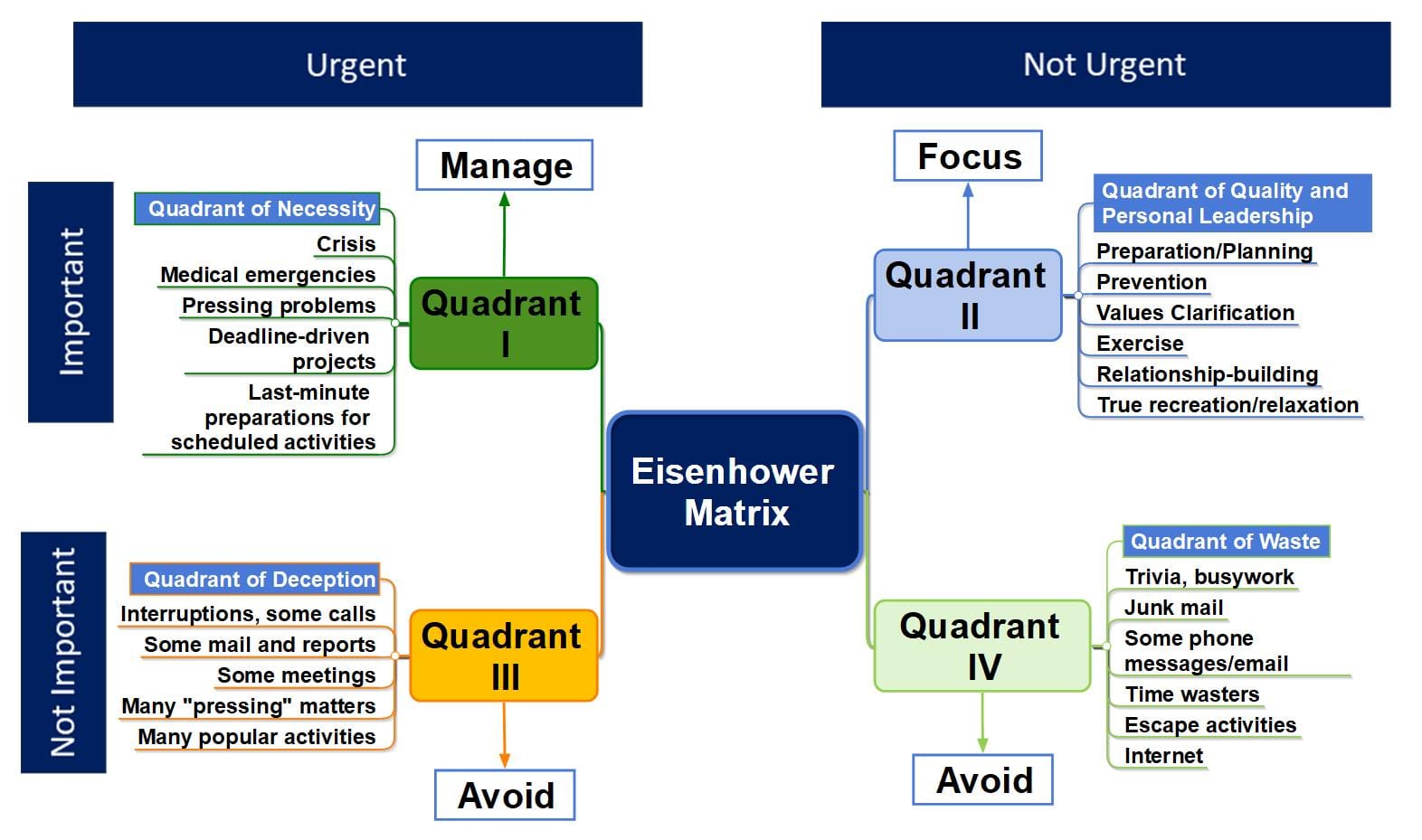Introduction:
In today’s rapidly changing business environment, where information overload is a frequent challenge, the need for clarity, cohesion, and effective communication is paramount. Visual thinking, especially when powered by mind mapping software, emerges as a game-changer. This white paper delves into the transformative potential of visual thinking and the pivotal role of mind mapping software in enhancing corporate productivity and, ultimately, the bottom line.
What is Visual Thinking?
Visual thinking is the process of representing information and ideas using visuals, rather than relying solely on textual or verbal communication. By visualizing abstract concepts, we can simplify intricate ideas, identify connections, facilitate understanding, and enhance memory retention1. In essence, it’s about “seeing” with the mind’s eye and leveraging visuals to enhance cognitive processes and communication.
The Role of Mind Mapping in Visual Thinking:
Mind mapping, a cornerstone of visual thinking, is a technique that visually represents hierarchical information, ideas, or tasks linked around a central concept. Mind maps, often resembling trees or spider webs, allow for the dynamic organization of information, making relationships and hierarchies transparent2.
The advent of mind mapping software has digitized and enhanced this process. With features allowing for real-time collaboration, integration with other digital tools, and dynamic reorganization, mind mapping software takes the age-old practice of visual thinking into the 21st century.
Why Visual Thinking and Mind Mapping are Crucial in Today’s Workplace:
- Information Overload: With the exponential growth of data, employees often face the challenge of sifting through vast amounts of information. Visual tools like mind maps can distill complex data into easily digestible visuals, aiding in quick comprehension3.
- Complex Problem Solving: Today’s business problems are multifaceted. Visual thinking helps in breaking down these problems, seeing all angles, and facilitating innovative solutions.
- Collaboration: Modern workplaces are collaborative. Mind mapping software allows for real-time collaboration, ensuring team alignment and fostering unity in direction and purpose.
The Transformative Benefits of Visual Thinking in the Workforce:
- Visual Clarity: By converting abstract ideas into visual maps using mind mapping software, businesses ensure that every team member remains aligned, fostering unity in direction and purpose.
- Skill Empowerment: Comprehensive training sessions in visual thinking and mind mapping software can transform employees into adept visual thinkers and communicators.
- Boosted Productivity: By minimizing ambiguities, visual thinking streamlines communication, ensuring faster decision-making processes and cohesive teams.
- Innovation Unleashed: An environment where ideas are visualized freely can unlock unparalleled levels of creativity, leading to groundbreaking strategies and solutions.
- Tailored Solutions: Mind mapping software can be customized to address specific business challenges, ensuring maximum ROI.
- Sustainable Growth: Making visual thinking an integral part of organizational culture sets the stage for adaptability, resilience, and continuous improvement4.
The Direct Impact on the Bottom Line:
When teams communicate effectively, make decisions quickly, and innovate consistently, it directly boosts corporate productivity. This not only leads to efficient project execution but also reduces operational costs. Over time, a culture that emphasizes clarity and innovation—both facilitated by visual thinking and mind mapping software—translates into increased revenue, customer satisfaction, and business growth.
Conclusion:
The modern workforce, grappling with the challenges of information overload and the need for rapid, effective communication, requires tools and methodologies that enhance clarity, creativity, and collaboration. Visual thinking, especially when amplified by mind mapping software, emerges as a critical solution. By integrating this approach, businesses stand to witness transformative benefits, from empowered employees to a directly positive impact on the bottom line.
Footnotes
- [D. Roam, “The Back of the Napkin: Solving Problems and Selling Ideas with Pictures,” Portfolio, 2008.]
- [Tony Buzan, “The Mind Map Book: Unlock your creativity, boost your memory, change your life,” BBC Active, 2009.]
- [A. Basden, “On Using SSM to Understand the Role of Information Systems in Organizations,” European Journal of Information Systems, 7(1), 1998, pp. 29-39.]
- [M. Eppler, “The Image of Insight: The Use of Visual Metaphors in the Communication of Knowledge,” Proceedings of I-KNOW ’03, Graz, Austria, 2003.]







